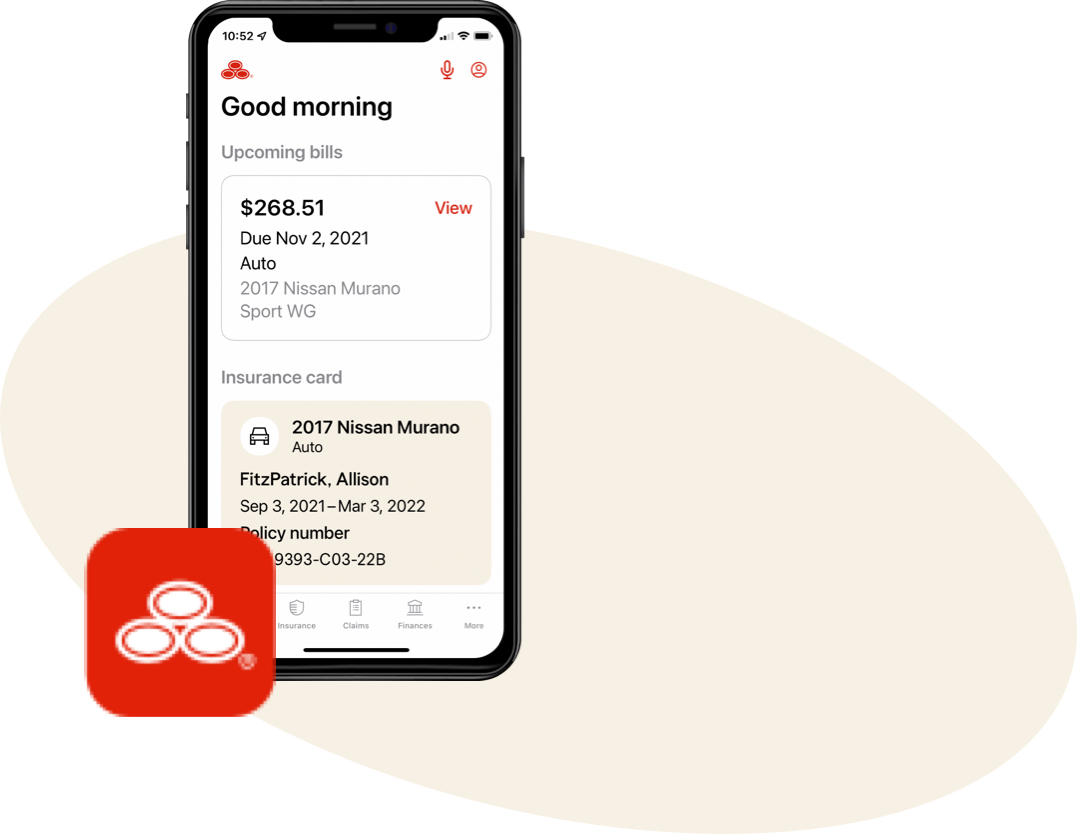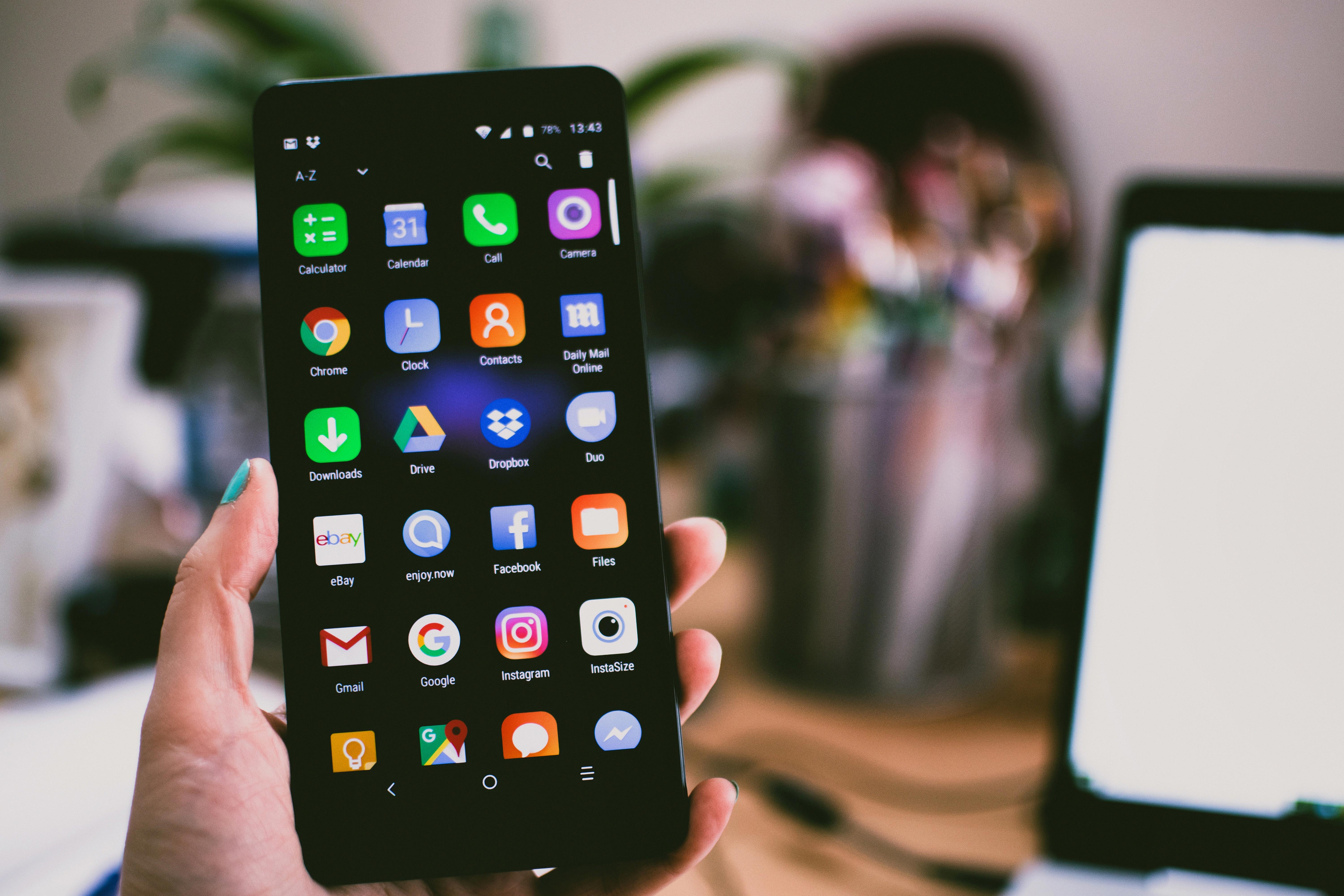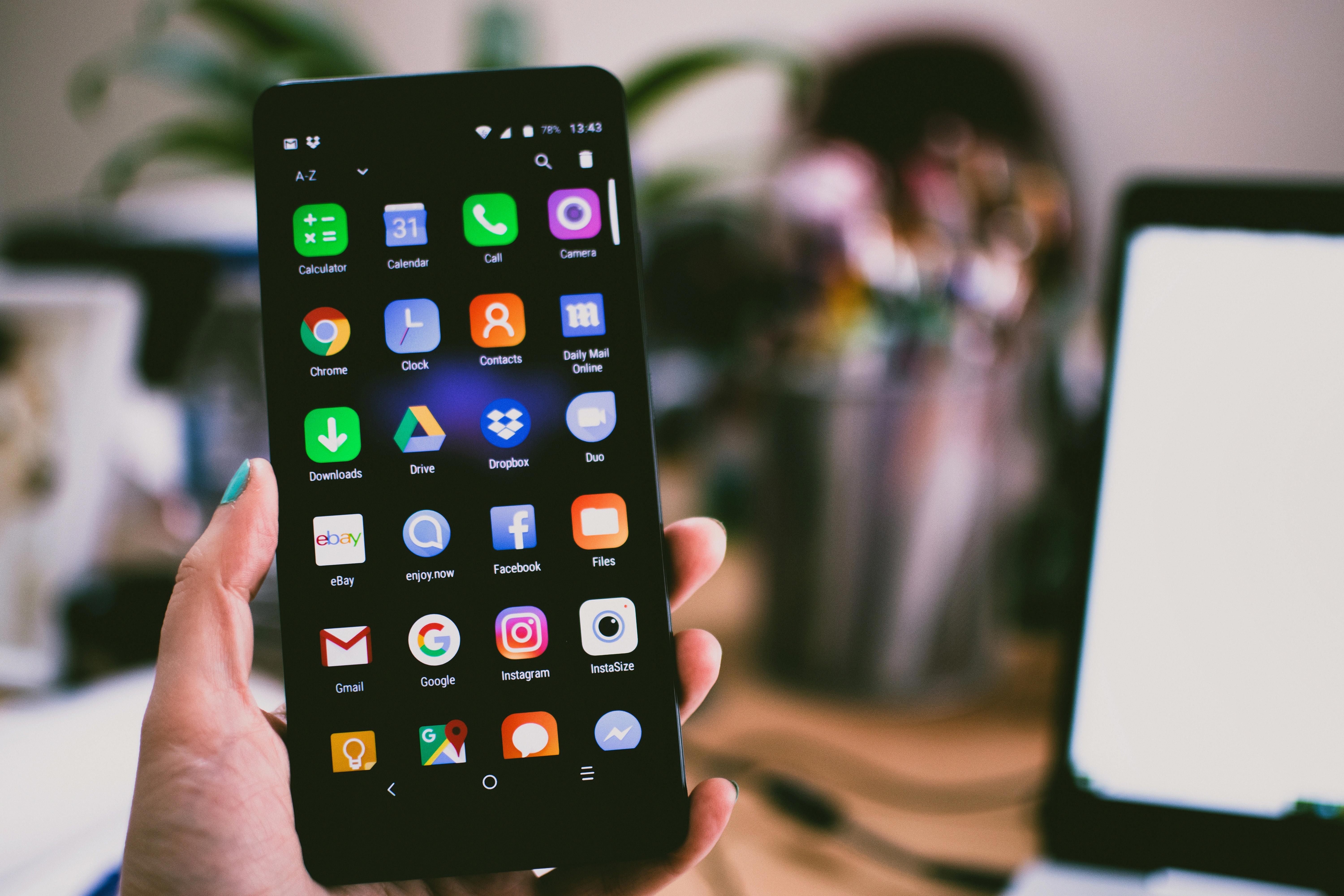State Farm is a well-known insurance company that offers a range of coverage options for homeowners, renters, and auto insurance. In addition to these standard policies, State Farm also provides coverage for cell phones through their personal property insurance.
Cell phones are an essential part of our daily lives, and the cost of replacing or repairing a damaged or stolen device can be significant. That’s where State Farm’s cell phone insurance comes in. By adding this coverage to your policy, you can have peace of mind knowing that your phone is protected against a variety of risks.
State Farm’s cell phone insurance covers accidental damage, such as a cracked screen or water damage. If your phone is stolen, the policy will also provide coverage for the replacement cost. However, it’s important to note that coverage for lost phones may not be included, so it’s important to read the policy details carefully.
When it comes to filing a claim for cell phone insurance, the process is relatively straightforward. You can contact your local State Farm agent or file a claim online or through the State Farm mobile app. You will need to provide proof of the incident, such as photos of the damage or a police report for theft cases.
It’s also worth mentioning that State Farm’s cell phone insurance does come with a deductible. This means that you will be responsible for paying a certain amount out of pocket before the insurance coverage kicks in. The deductible amount may vary depending on your policy, so it’s important to review your coverage details to understand what you would be responsible for in the event of a claim.
To determine if State Farm’s cell phone insurance is right for you, it’s important to consider the value of your phone and the potential risks it may face. If you have a high-end smartphone or rely heavily on your device for work or personal use, having insurance coverage can provide valuable peace of mind.
However, it’s also important to weigh the cost of the insurance premiums against the potential benefits. Depending on the cost of your phone and the deductible amount, it may be more cost-effective to simply replace or repair the device out of pocket in the event of damage or theft.
When considering cell phone insurance, it’s also worth exploring other options available in the market. There are third-party providers that specialize in cell phone insurance, offering coverage at competitive rates. It’s always a good idea to compare different policies and providers to ensure you are getting the best coverage for your needs.
State Farm offers cell phone insurance as an add-on to their personal property insurance policies. This coverage can provide protection against accidental damage and theft, but may come with a deductible. It’s important to review the policy details and consider the value of your phone before deciding on cell phone insurance.

Does Insurance Cover Cell Phone?
Cell phones are typically covered by insurance policies, such as renters or homeowners insurance, under the “personal property coverage” section. This means that if your cell phone is damaged or stolen, you may be able to file a claim with your insurance provider to receive compensation for the cost of repair or replacement.
It’s important to note that retail phone protection plans, often offered by mobile service providers or retailers, may also cover accidental damage to your cell phone. However, these plans may not usually cover theft.
What Are the Disadvantages of Cell Phone Insurance?
– Cost: Cellphone insurance can be quite expensive, with monthly premiums ranging from $7 to $15 or more. Over time, these costs can add up and may not be worth it if you don’t end up needing to use the insurance.
– Deductibles: In the event that you do need to make a claim, you may have to pay a deductible before your phone can be repaired or replaced. This deductible can range from $25 to $250 or more, depending on the policy. It’s important to consider this additional cost when deciding if cellphone insurance is worth it for you.
– Limited coverage: Cellphone insurance policies often have limitations and exclusions. For example, some policies may not cover water damage, loss, or theft. It’s important to carefully read the policy to understand exactly what is covered and what is not.
– Replacement restrictions: If your phone is damaged or lost, the insurance policy may not provide you with a brand new replacement. Instead, you may receive a refurbished or older model of the same phone. This can be disappointing if you were expecting a new phone or if the replacement phone is not as technologically advanced.
– Waiting periods: Some cellphone insurance policies have waiting periods before you can make a claim. This means that if your phone is damaged or lost within a certain time period after purchasing the insurance, you may not be eligible to make a claim. This can be frustrating if you need immediate coverage for your phone.
– Limited repair options: With cellphone insurance, you may be limited to specific repair centers or service providers approved by the insurance company. This can be inconvenient if the approved providers are not easily accessible or if you prefer to use a different repair service.
– Potential for rate increases: Insurance companies may increase the premiums for cellphone insurance over time. This means that the cost of insuring your phone could go up, making it less affordable or desirable in the long run.
– Coverage limitations: Some cellphone insurance policies have limitations on the number of claims you can make within a certain time period. This means that if your phone gets damaged or lost multiple times, you may not be able to make additional claims for a certain period of time, leaving you without coverage when you may need it most.
– Policy cancellation fees: If you decide to cancel your cellphone insurance policy before the contract term is up, you may be subject to cancellation fees. These fees can vary depending on the insurance provider and can be an additional cost to consider.
– Limited coverage for older phones: Cellphone insurance may not be available for older or discontinued phone models. This means that if you have an older phone, you may not be able to find insurance coverage for it, leaving you unprotected in case of damage or loss.
– Claim process: Making a claim with cellphone insurance can sometimes be a complicated and time-consuming process. You may be required to provide detailed documentation, photos, or proof of purchase, and the claims process itself may take weeks or even months to complete. This can be frustrating if you need your phone repaired or replaced quickly.
What Should a Person Consider Before Buying a Cell Phone Insurance Policy?
Before purchasing a cell phone insurance policy, there are a few key factors to consider. These include the coverage provided, deductible amounts, claim limits, and the types of damage or loss that are covered.
1. Coverage: It is important to understand what exactly is covered by the insurance policy. Some policies may only cover accidental damage, while others may also include loss or theft. Make sure you know what risks are covered before making a decision.
2. Deductible: Find out if the policy has a deductible and how much it is. A deductible is the amount of money you must pay out of pocket before the insurance coverage kicks in. Consider whether the deductible is affordable for you and if it makes financial sense to file a claim considering the deductible amount.
3. Claim limits: Check if there are any limits on the number of claims you can make or the amount of coverage provided per claim. Some policies may have a maximum limit on the number of claims you can file within a certain time period or a maximum payout amount. Understanding these limitations can help you assess the value of the insurance.
4. Covered perils: Determine what types of damage or loss are covered by the policy. Common perils include accidental damage, theft, loss, and sometimes even water damage. Ensure that the policy covers the risks that are most relevant to you and your phone usage.
5. Exclusions: Carefully review the policy for any exclusions or limitations. Some policies may not cover certain types of damage, such as intentional damage or damage caused by neglect. Understanding the exclusions will help you assess the comprehensiveness of the coverage.
6. Cost: Consider the cost of the insurance policy in relation to the value of your cell phone. Calculate whether the premium payments over time are worth the potential benefits of the coverage. Compare the cost of the insurance with the cost of replacing or repairing your phone if an incident occurs.
By considering these factors before purchasing a cell phone insurance policy, you can make an informed decision and choose the coverage that best suits your needs and budget.
Conclusion
State Farm offers comprehensive coverage for cell phones through their renters or homeowners insurance policies. This coverage falls under the personal property coverage section of the policy, which typically includes protection against accidental damage and theft. However, it is important to note that there may be a small deductible associated with filing a claim for cell phone damage or loss.
It is recommended to contact your State Farm agent to inquire about the specifics of your policy and determine whether cell phone coverage is included. They can provide information on any applicable deductibles and how filing a claim may impact your policy.
Additionally, it is worth considering other options for cell phone insurance, such as retail protection plans or specialized insurance providers like Upsie. These alternatives may offer coverage for a wider range of damages and may have different deductible structures.
In any case, having insurance coverage for your cell phone is a wise decision, as it can provide financial protection in the event of damage or theft. It is also important to consider other measures to protect your identity, such as identity theft protection offered by insurers like GEICO. understanding your insurance options and selecting the coverage that best suits your needs is essential for peace of mind and financial security.








